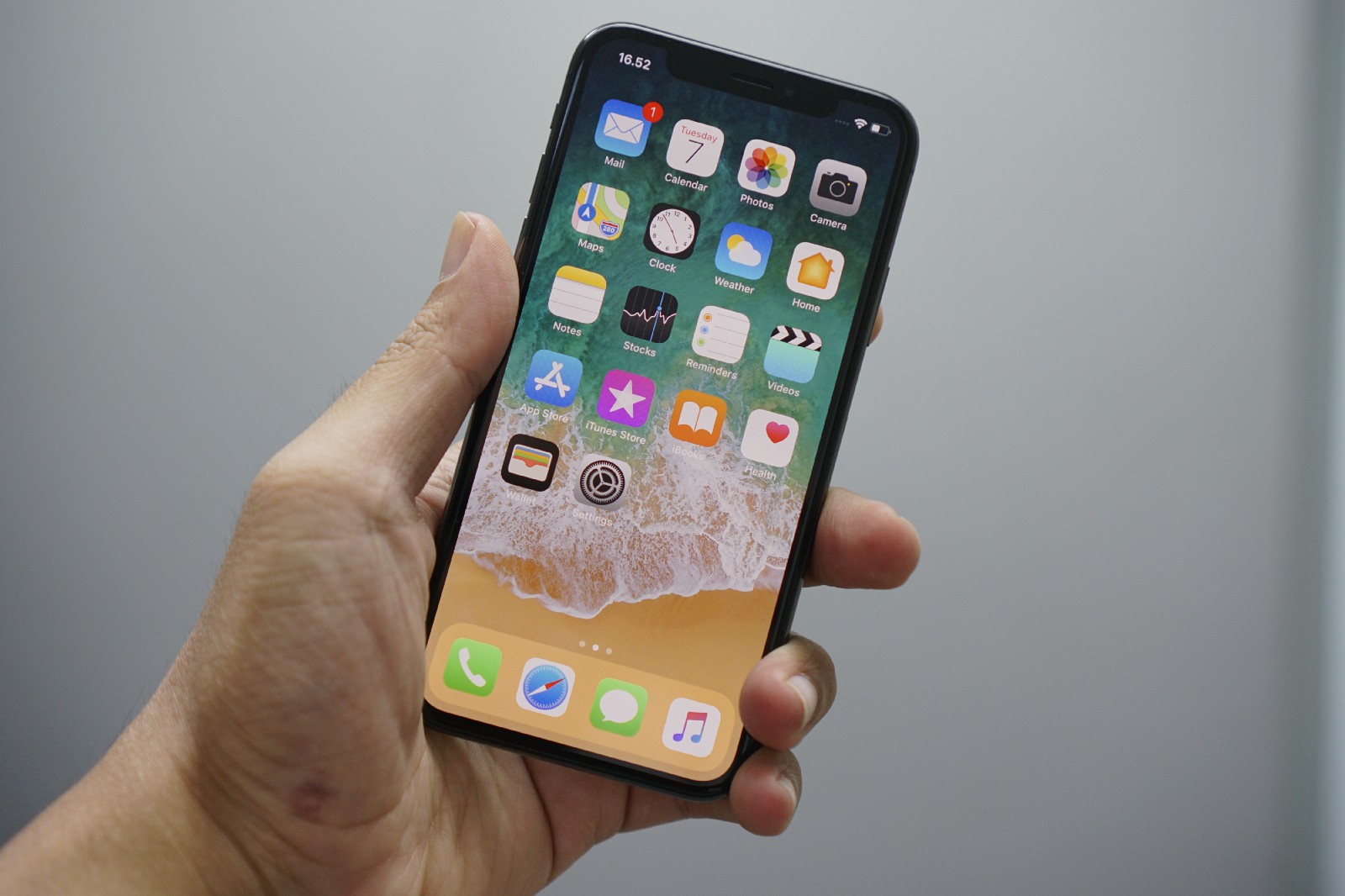I’ve been involved in alot of app launches over the years and I see the same things over and over again. A lot of entrepreneurs believe that once they launch their app that’s it, set and forget. They think of their app launch as a single event that checks a box and they don’t need to worry about it anymore.
Yet, the event is more of a first step in the process of launching an app. Launching an app and making it successfully is more then just uploading and expecting users to come running.
After your app launch it’s a continuous process of tweak, test, analyse and repeat. You’re performing micro experiments on your app to see if users are more engaged, less engaged or neutral. Alternately you’re only tweaking your app in small ways, not completely redesigning it. The goal is to make an app your users are more engaged with and are happy to use.
Today I’m going to be running through some strategies for planning beyond your app launch and some marketing pitfalls I’ve found from past and present clients. These pitfalls are often areas overlooked by entrepreneurs.
Look beyond the initial launch

“A long empty asphalt road through dry plains with snowy mountains on the horizon” by Bruno Bergher on Unsplash
Avoid being too focused on gaining users
After launching your app, entrepreneurs often make user acquisition their key metric and don’t focus on the important stuff like making changes to their app and keeping their users engaged. You’re not going to get your app right first go and their isn’t anything wrong with that, even though you’re building your app for a problem, the users will decide if your design is intuitive and solving the actual problem.
Instead of investing a heap of money into user acquisition on launch of your app, you should think of how you can get cost effective user feedback. Most importantly feedback on the areas you think can be improved or that users are complaining about. Once you get your improvements list, quickly fix those issues, then look to spend more on acquisition (only once these problems are solved and you’ve boosted retention rates).
The short term post launch goal should be aiming to boost 30 day retention rates, and getting users to leave positive reviews and ratings on the App Store. After which you can then start to think about both paid and unpaid strategies to increase your user base.
Post Launch App development
A lot of entrepreneurs spend so much time in development and trying to get their app to market they forget about the all important post launch. Launching an app can be a complex and time consuming process. One solution to this is to use a “continuous delivery” approach.
The “continuous delivery” approach is used at such companies like LinkedIn (Jason Toy). The approach involves measuring and assessing the product in real time (analytics), along with quick iteration of app updates (tweak and update).
Some tips for adopting the “continuous delivery” approach:
1. Map out your 6 month post launch plan, how often will you update? Try to get into a schedule of small updates every couple weeks.
2. Create product roadmap for features that weren’t necessary for the first version of the app, such as new features, UX enhancements, API optimisations and bug fixes.
3. List out your short term and long term goals for your app, what retention rate would you like to see each month? 10%, 30%, 50% etc. I’d start with 30% for the first 30 days as a base and try to improve. Your retention rates will vary depending on your app and the duration you’re tracking.
4. Draw up a budget for the technical delivery and marketing campaigns for your launch.
Marketing Pitfalls

Photo by James Sutton on Unsplash
Not getting marketing involved soon enough
Planning the marketing activities for apps is another area of neglect during app development. Often entrepreneurs only get marketing teams involved very late in app development or don’t think about it until a week or 2 before launch.
This puts the app at risk of failure as the marketing team are often the ones that would plan the go to market strategy and need to understand every detail of the app.
Some items your marketing team should cover off include,
- Identifying what makes your app unique.
- Optimise for the App Store, a crucial part of your app including App Name, Keywords, Screenshots, App Icon, Description and Video previews.
- Creating a press kit.
- Promotional deadlines, a timeline for all activities to be carried out.
- Blog about the development progress on your website or medium 🙂
- Contribute to feature names. Developers naming features is often problematic, marketing can help by making feature names “easier on the ears” and “on brand” for your business.
Social media comments and feedback
Neglecting feedback is one of the most irresponsible things an entrepreneur can do. While marketing, your goal should be to improve communication between you and the user. This includes but not limited to searching Twitter, Facebook, Instagram and other social media platforms for your app name, responding to users comments.
Interacting with users on social media is a very powerful tool, not only will it help your users, it will also show the users friends or followers that they use your app and that you are communicating. Over my years I’m noticed a trend in the effort users will put into complaining about a product compared to giving praise. Keeping your users happy should be your ultimate goal.
Don’t forget App Store reviews as well, Apple now allows developers to directly reply to a review. This is huge, as it allows you to interact with a review and sort out any issues a user might have. Other potential customers browsing the App Store can see this interaction so its handy if multiple users have the same issues or concerns.
Incentivise users to spread the word
You should provide your users with incentives that’ll encourage them to share your app and in exchange for sharing they’ll get something for it.
With that stat you would be crazy not to ask users to share your app with their friends. Just keep in mind they won’t do it for free, you’ll need to give them something in exchange for sharing. In the past I’ve used features only available to users who have shared client apps. I’ve found it works very successfully.

Photo by Bagus Hernawan on Unsplash
Ready to launch your app?
Here are a couple questions to ask yourself before you launch
1. What can you do post launch to gain a competitive edge?
2. How will crashes be managed, logged, fixed, tested, communicated to users.
3. How will performance be measured?
4. How will you improve and add new features?
5. How will you communicate to the new and exisiting user about new features?
The most important thing to remember is as long as your app is improving each app update and your users are happy you’re winning. So what are you waiting for, go out and start planning your marketing and post launch strategy.
That wraps up tips for launching your app.
It would mean the world to me if you shared or followed me on Medium. Have a great day 🙂

